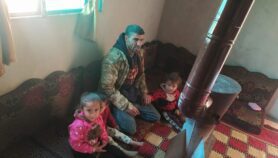13/11/15
Low-tech alerts defend townships from fire trap
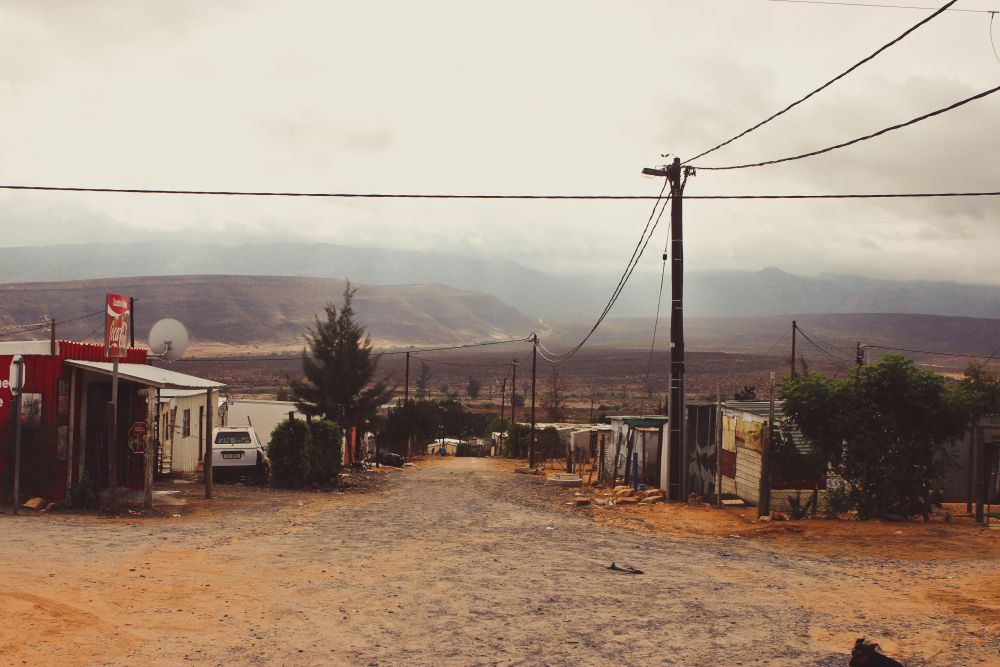
An informal settlement in the Western Cape, South Africa. Thousands of people lose their homes and livelihoods in the fires that rip through shack homes in townships across South Africa each year. There were 70,000 shack fires between 2000 and 2010, leading to the displacement of 240,000 people.
Lumkani
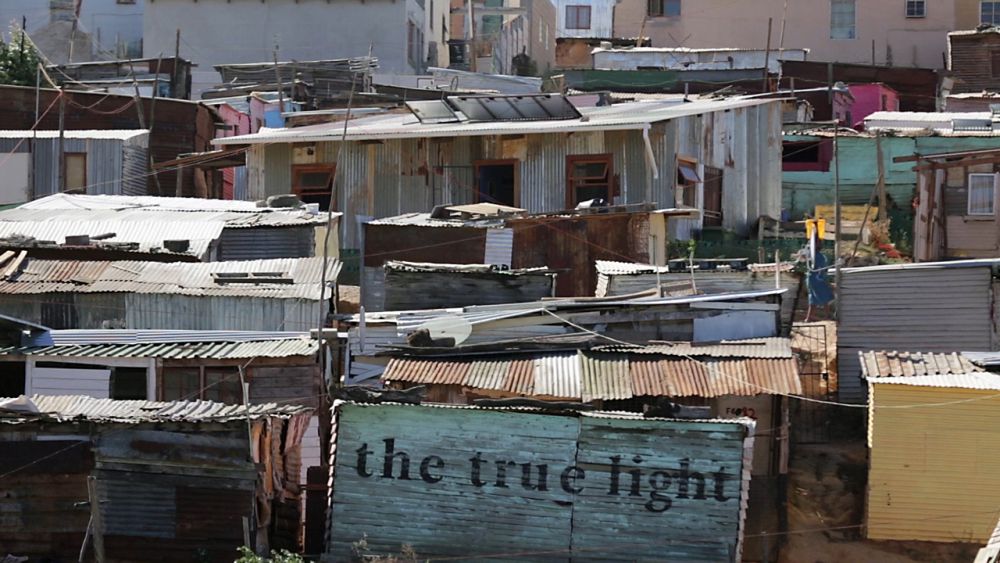


A community in a township on the edge of Cape Town. In these unplanned, informal settlements, houses are built close together from flammable waste materials. With proper alarm systems in place, people can protect each other and their homes, and continue living in close-knit communities.
Jon Spaull



The Lumkani fire detectors measure the rate of rise in temperature in people’s homes and buildings. These low-cost devices are specially designed for the smoky conditions in South African shacks: they detect dangerous levels of heat, not smoke.
Lumkani
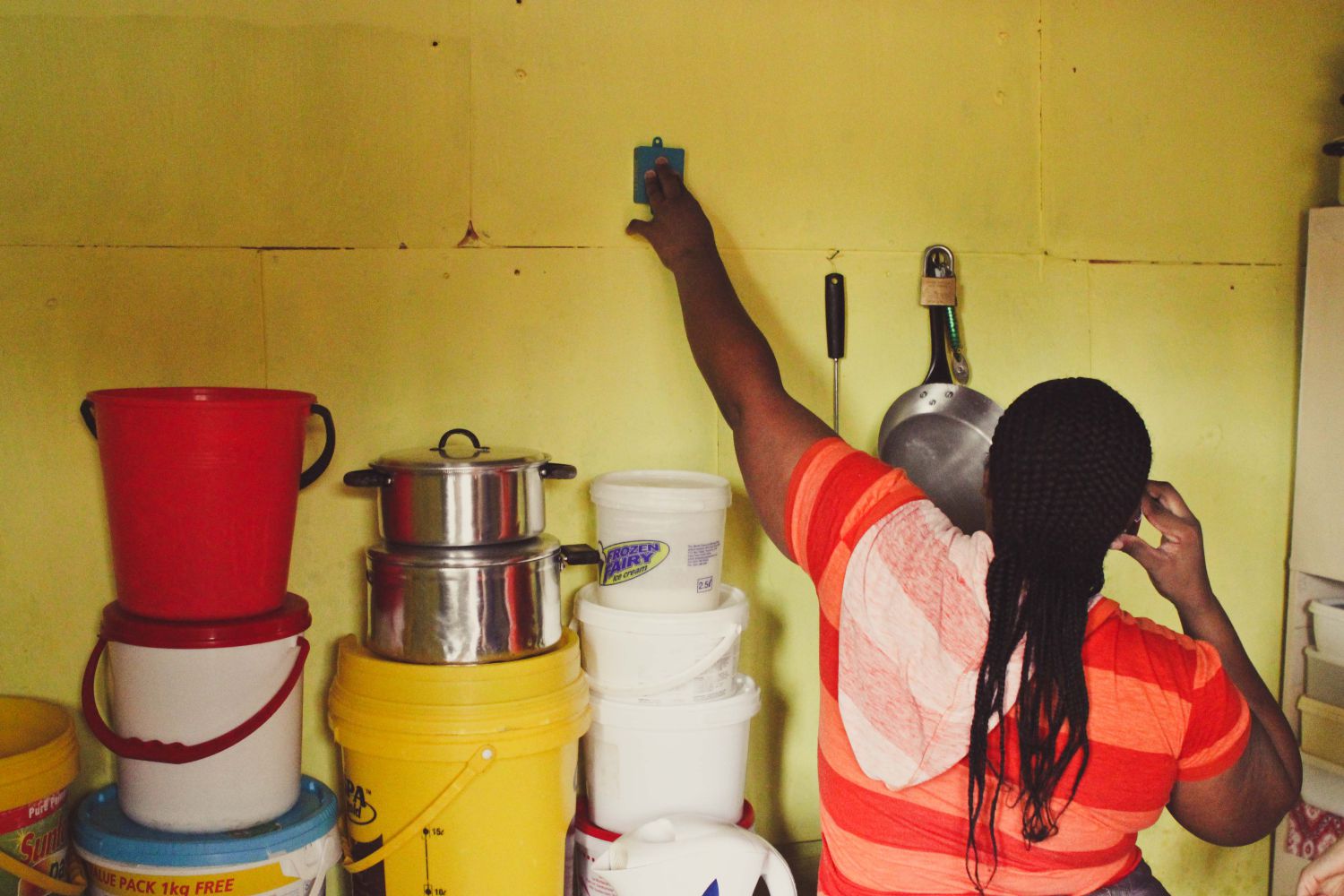


People place the alarms as high as possible, but within reach, on the walls of their homes, taking care not to put them directly above stoves.
Lumkani
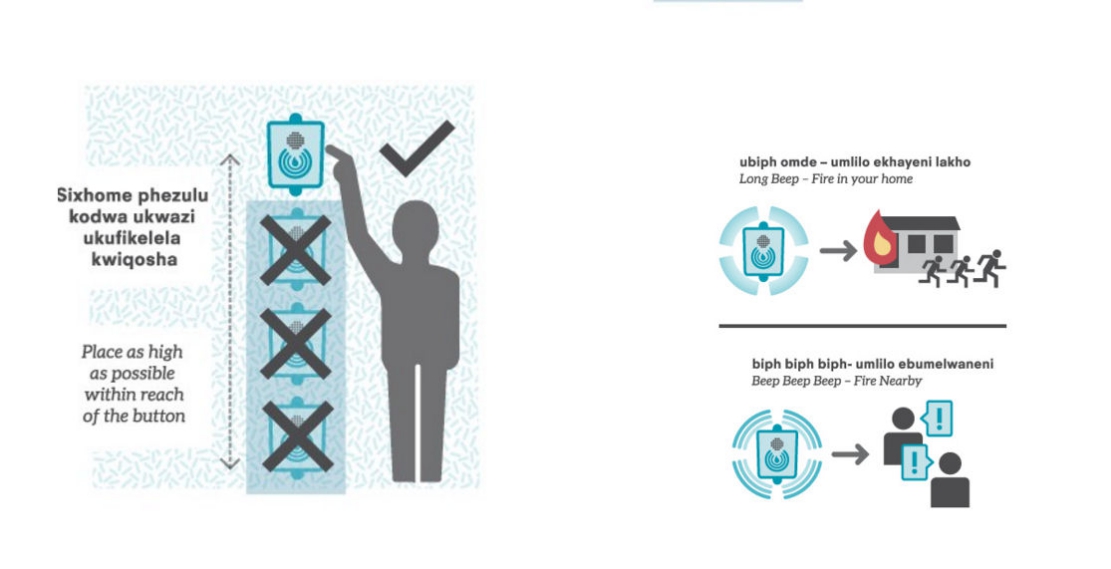


When a Lumkani device identifies dangerous heat levels, the alarm goes off. If it is not deactivated within 20 seconds, the device then pings to nearby devices using radio waves.
Lumkani
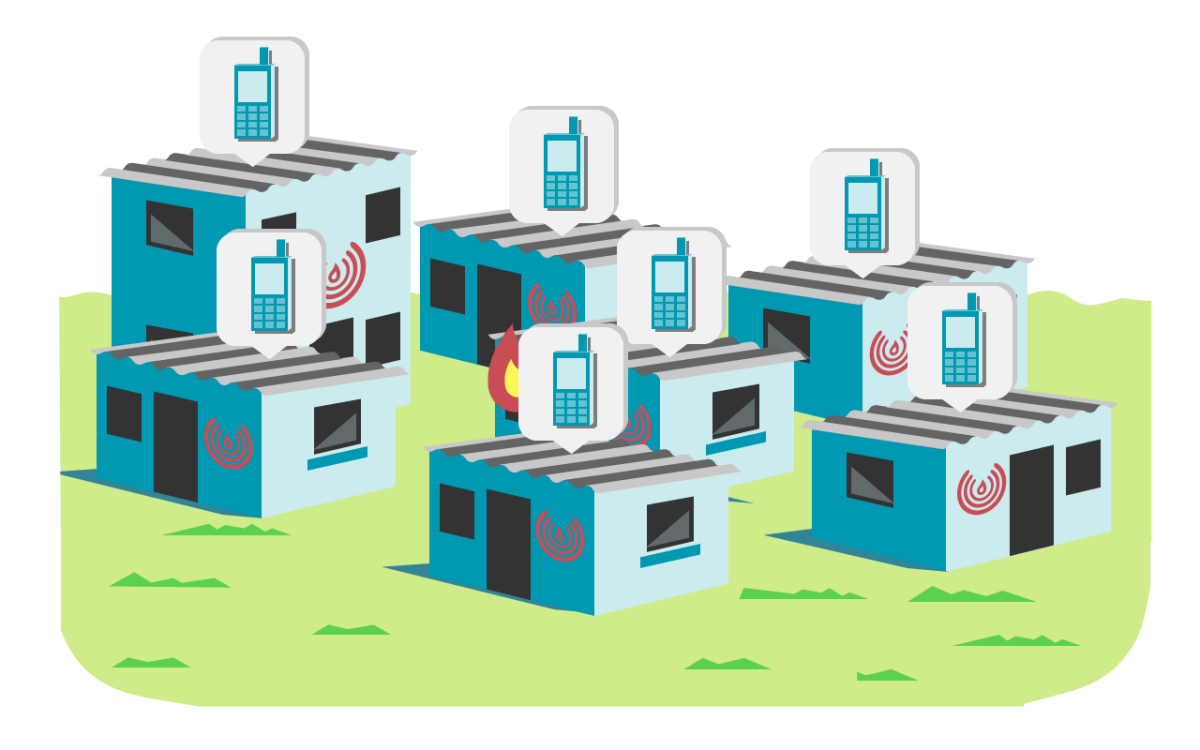


The system operates on the principle of a mesh network: if a fire breaks out in one building, the device pings the alarm to all other devices in the neighbourhood using 433 megahertz radio frequency technology. A more remote system of cellular-enabled devices — or sniffers — then sends alarms to emergency services via SMS.
Lumkani
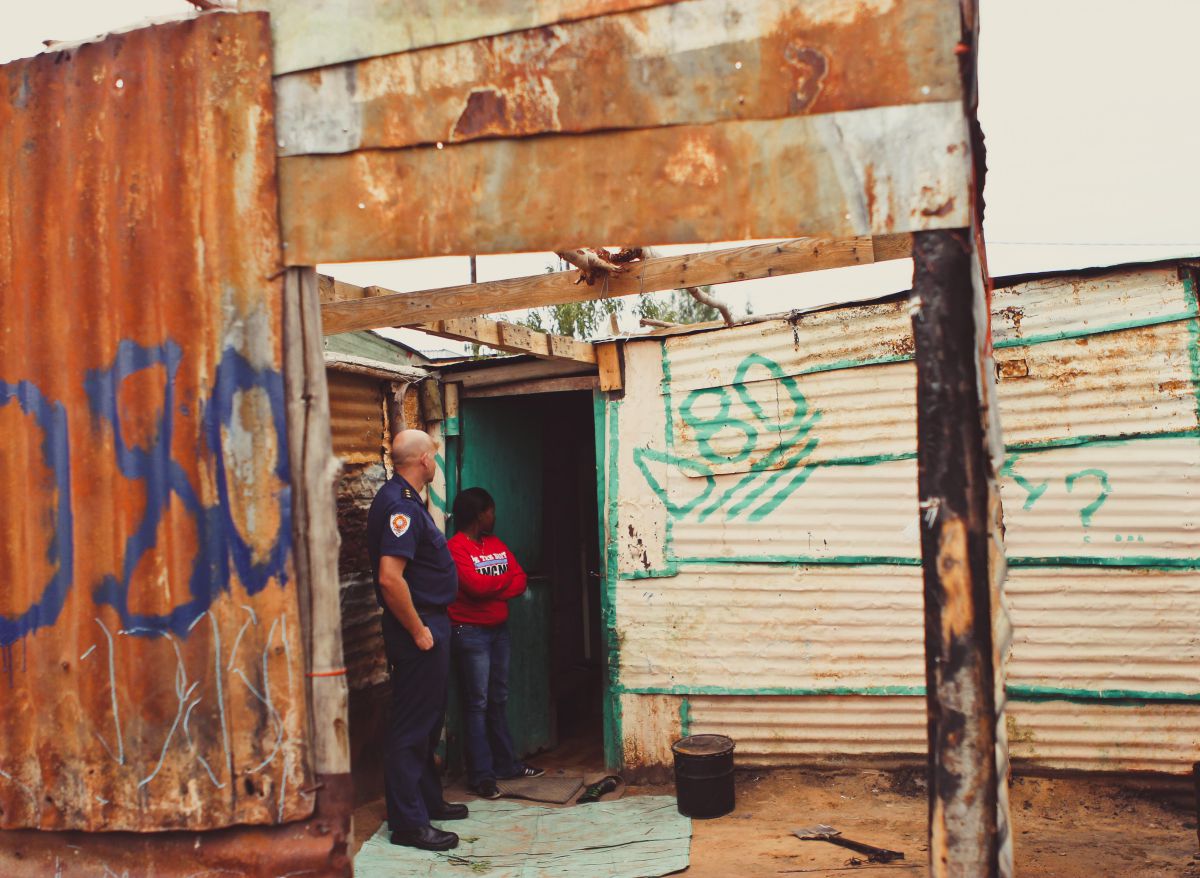


Given the informality of the settlements, emergency services can struggle to locate fires. This means early warning is crucial. By logging the location of Lumkani devices, the team aims for emergency services to be better informed about fire data, location and time.
Lumkani
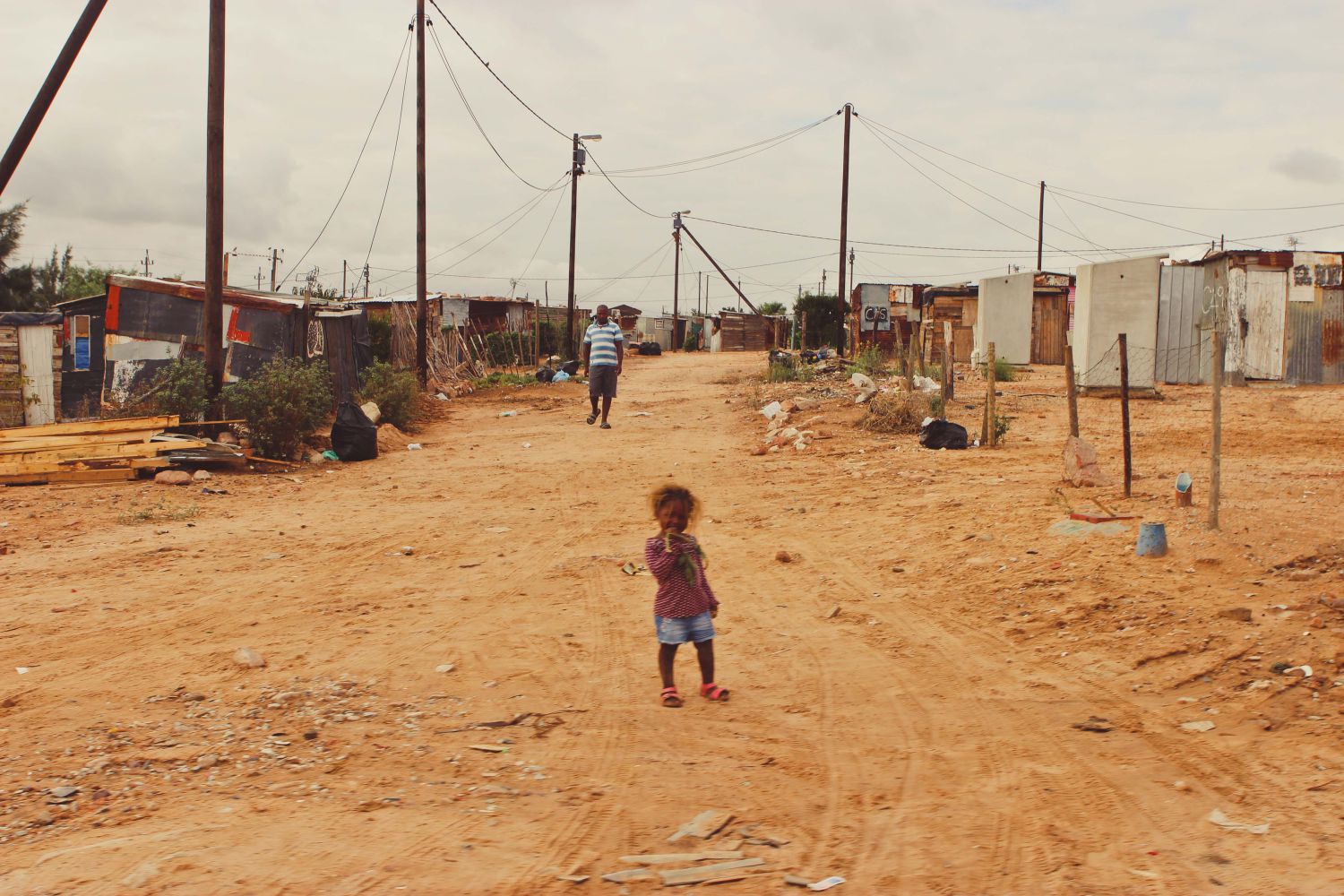


Children and older people are particularly vulnerable to inhalation of fires and smoke. And in these townships, people’s homes and livelihoods often overlap: when fires break out, the effect on livelihoods can be devastating.
Lumkani
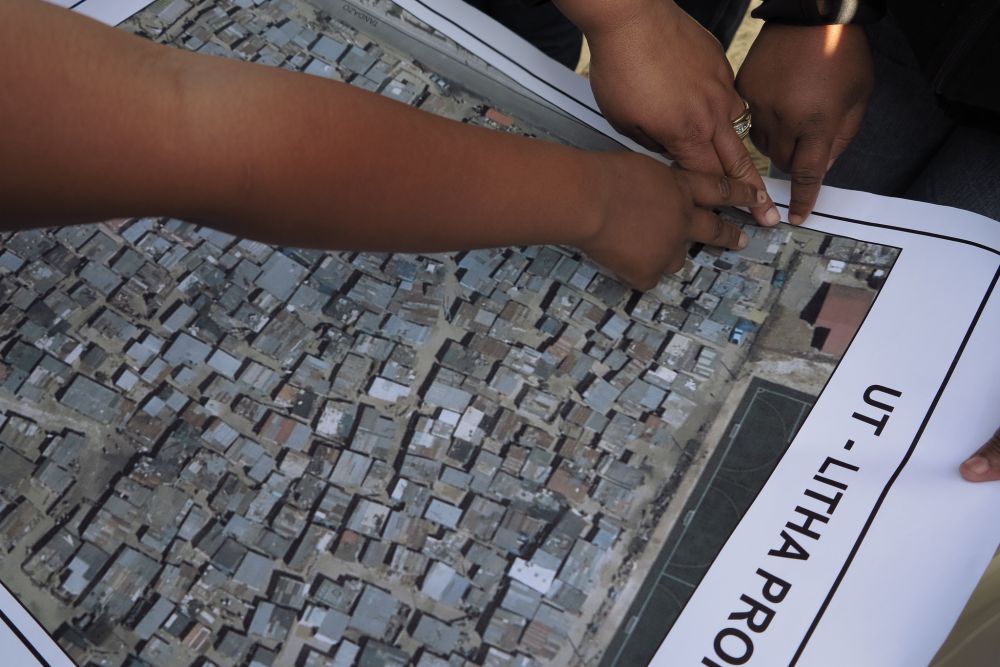


An aerial shot of Khayelitsha. Projects such as Lumkani can help with the important task of logging homes, as well as devices. With better maps in place, urban planning and local service provision can improve – theoretically at least.
Shack Dwellers International
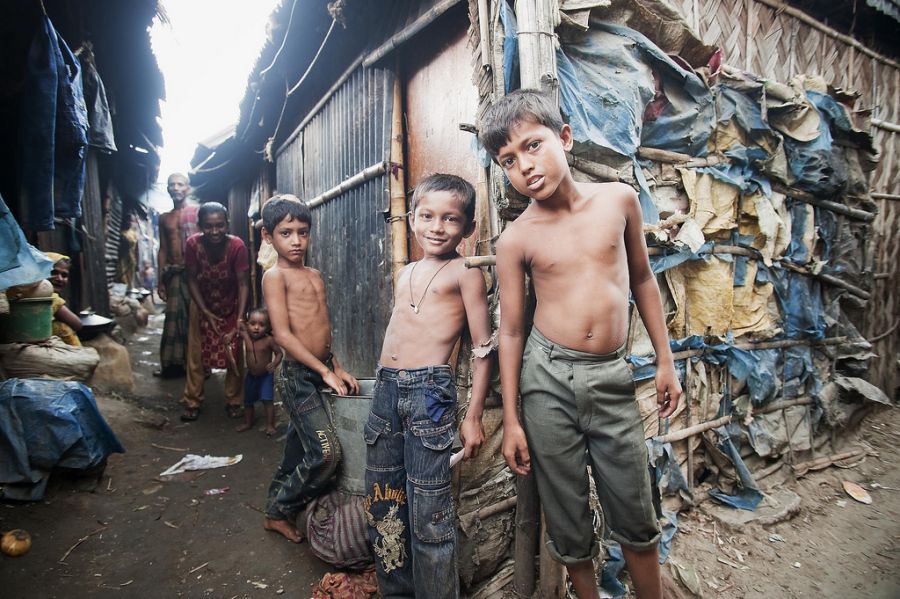


It’s not just South Africa where slum fires are an issue. They affect children and families in informal settlements across the world. As you can see from the buildings in this photograph of Dhaka, Bangladesh, the combination of plastics and organic building materials is a crucible for fires to spread.
UN Photo/Kibae Park
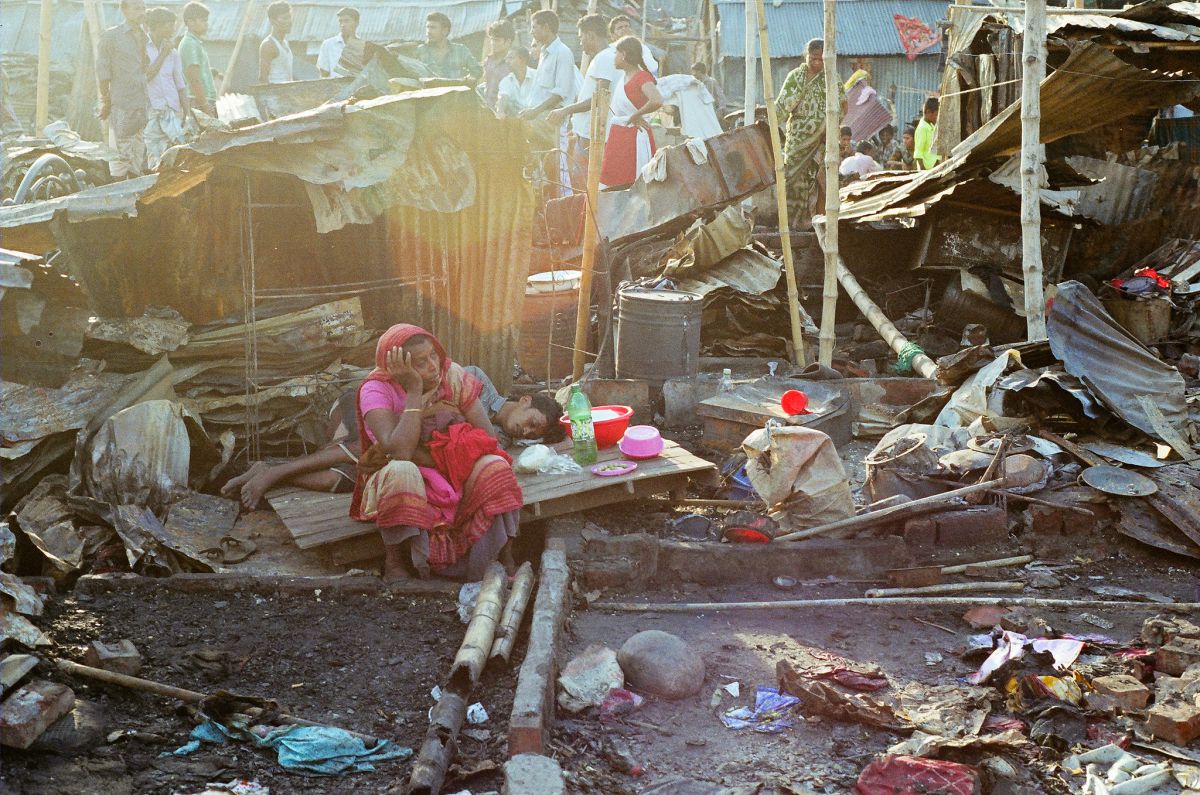


The aftermath of a fire at Sat'tola slum in Dhaka, Bangladesh.
Sudipta Arka Das
By: Imogen Mathers
Send to a friend
The details you provide on this page will not be used to send unsolicited email, and will not be sold to a 3rd party. See privacy policy.
Five people were killed and thousands lost their homes in a fire that tore through Khayelitsha, a township home to around a million people on the fringes of Cape Town, South Africa, on New Year’s Day 2013. Such fires are common in South Africa’s informal settlements, as they are in so many big cities across the world.
Houses are built cheek-by-jowl from reclaimed, easily flammable materials. This creates the perfect conditions for fires to spread. And the use of open fires for cooking and kerosene for lighting mean the source is never far.
When fires break out, emergency services have difficulty locating and reaching houses: few appear on official maps and roads are often impassable where they exist at all. The impact can be devastating — homes and livelihoods destroyed, people displaced and families unable to afford to rebuild homes.
After the 2013 fire, a group of Cape Town students set out to design a fire alarm system for townships. Using a ‘mesh network’ of radio and cellular alarms, the resulting Lumkani system identifies and alerts people to dangerous fires, at a fraction of the cost of smoke detectors.
Fire detectors are now in place in 3000 homes across the Western Cape. “This is a social, cultural and psychological as well as a technological intervention,” James Boonzaier, Lumkani design engineer told SciDev.Net in a recent audio interview. The goal is to enable local people to defend their lives and livelihoods from fire.
The Lumkani team hope they can expand the low-cost system for use in informal settlements across Africa, where 200 million people — or 60 per cent of the urban population — live in slums, the highest rate in the world.




